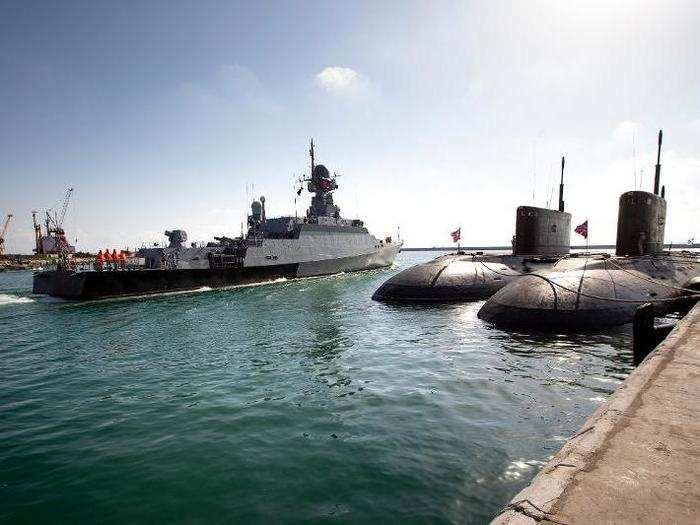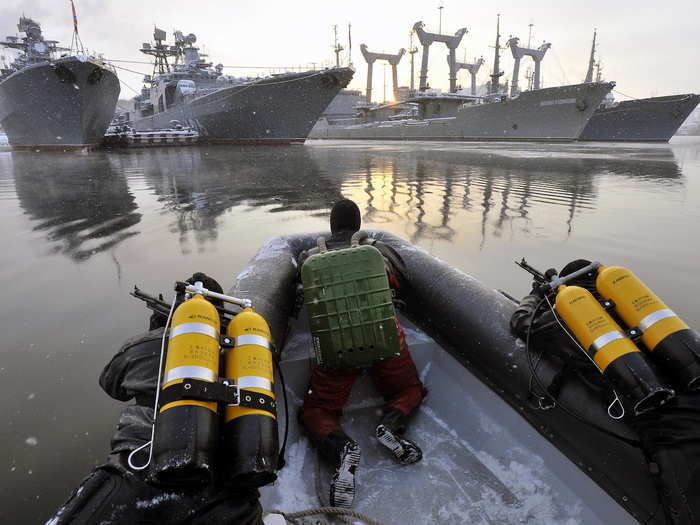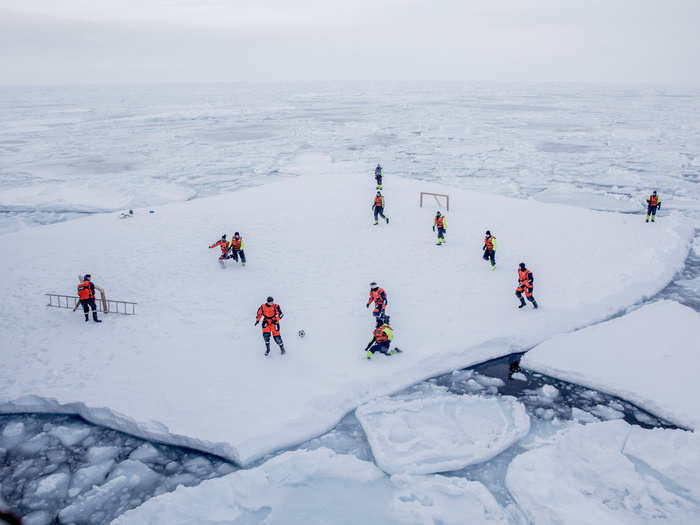- Home
- slideshows
- miscellaneous
- There's a new round of tensions between the US, NATO, and Russia, and that means there's a new battle brewing in the Atlantic
There's a new round of tensions between the US, NATO, and Russia, and that means there's a new battle brewing in the Atlantic
Christopher Woody: As mentioned in the title of your book, there have been several battles for the Atlantic, namely during World War I and II and the Cold War. How does the present situation resemble those battles and how does it differ?

Woody: Russia has made an effort to rebuild its navy in recent years. What capabilities does that force, its submarines in particular, have now that it didn't have in the years after the end of the Cold War?

Nordenman: Unlike during Cold War days, the Russian navy is going for quality rather than quantity. And given that it has relatively limited resources it must focus its investments where they can make the biggest difference, and that is with its submarine force.
Russia has also focused on giving its navy a long-range strike capability with Kalibr missiles, which have been used to great effect in Syria. The use of long-range strike missiles from submarines was nearly an exclusive US domain until relatively recently.
All this suggests that Russia would not try to halt shipping coming across the Atlantic from the US but would instead seek to attack command-and-control centers and ports and airfields in Northern Europe to disrupt US efforts to come to the aid of its European allies.
Woody: On the Center for a New American Security podcast in August, you mentioned that when it comes to dealing with Russia, you think there's less an "Arctic problem" and more of a "Kola Peninsula problem." Can you elaborate on the difference between the two and what that distinction means for NATO?

Nordenman: Arctic security is a growing theme, but I think it often confuses the debate rather than enlightens it.
The North American, European, and Russian Arctics are three very different places in terms of politics, accessibility, operating environment, and international relations. To place it all under the rubric "Arctic security" is not always helpful.
In the case of NATO and its mission to provide deterrence on behalf of its member states it comes down to the Kola Peninsula, where Russia's northern fleet is based.
Listen to the full podcast here.
Woody: The Arctic remains a challenging region for navies to operate in, but climate change is altering the environment there. What changes do you expect naval forces to have to make in order to keep operating there effectively?

Nordenman: NATO member navies need to get familiar again with operating in the broader North Atlantic.
The last two decades have seen those navies primarily operate in places such as the Mediterranean, the [Persian] Gulf, and Indian Ocean. Those are very different domains in comparison to the Atlantic. And while the far North Atlantic is warming, it is not a hospitable place. It still remains very remote.
In terms of climate change, there are, for example, indications that warmer waters are changing the patterns of sound propagation in the far North Atlantic, which means that they must be measured and catalogued anew in order to conduct effective anti-submarine warfare.
Popular Right Now
Advertisement